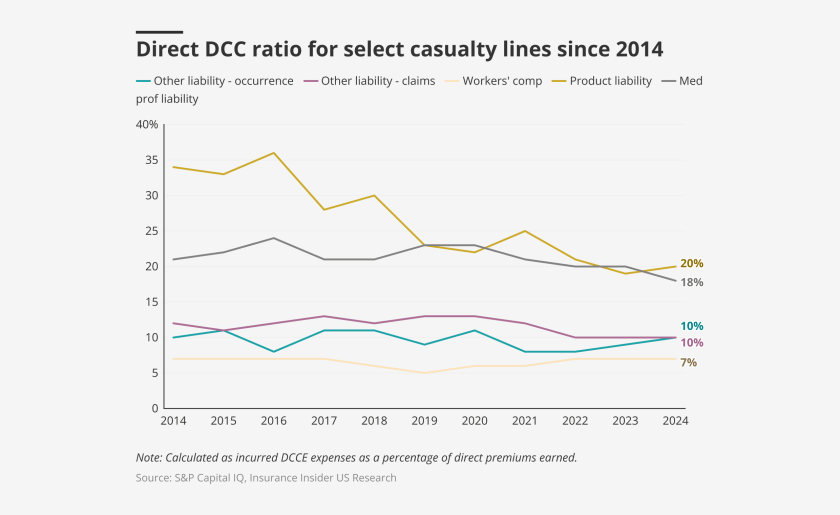
Last month, in our social inflation note, we demonstrated how the trend had added $233bn over the past fifteen years to commercial lines' ultimate losses.

Last month, in our social inflation note, we demonstrated how the trend had added $233bn over the past fifteen years to commercial lines' ultimate losses.